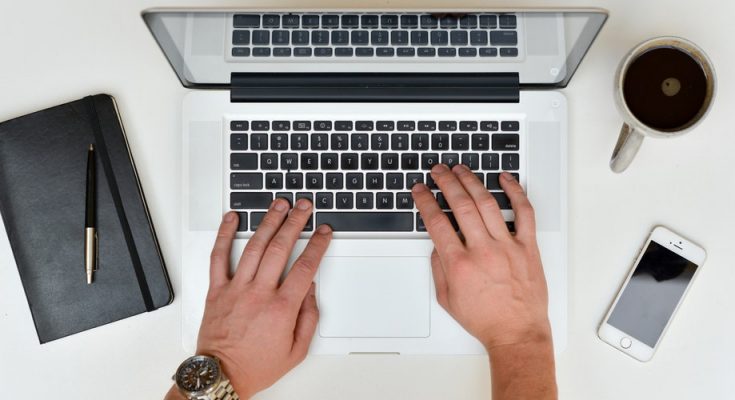Writing clear and effective emails may sound simple but there is actually an art to getting your point across succinctly and with precision.
For most of us, email is the most common form of business communication so it’s important to get it right. Although emails usually aren’t as formal as letters, they still need to be professional to present a good image of you and your company.
However, with messages flying around all day, every day, popping up on our PCs and pinging on our phones, it’s important to remember who you’re speaking to. You wouldn’t speak to your manager in the same way as your mates, or talk to your family as if you were speaking to your colleagues.
So here are some Professional Email Message Guidelines
Subject Line: Always fill in the subject line with a topic that means something to your reader. Not “Decals” or “Important!” but “Deadline for New Parking Decals.” Greeting: Even if you are writing a very short email, include a greeting.Always address the reader in a professional manner. If you are not sure who the reader is you can see the example on how you could address them. You should make it as personal as possible. E.g
- Dear Miss Rose
- Dear Rahul
- To whom it may concern
Opening Sentence: Put your main point in the opening sentence. Most readers won’t stick around for a surprise ending. Also, never begin a message with a vague “This”—as in “This needs to be done by 5:00.” Always specify what you’re writing about.
If you want to show your personality in your email, let this shine subtly through your writing style. Ensure that the email is broken up into paragraphs and not written as an essay. Don’t use emoticons, chat abbreviations (such as LOL), or colorful fonts and backgrounds. NEVER use slang/ text speak/colloquiums. While these might have been integral to your emails during your teenage years, they are rarely appropriate in a professional context. Also, never use all capital or all small case unless referring to a known acronym or term that is familiar to the reader.
Length: Back in 1946, George Orwell advised writers to:
“Never use a long word where a short one will do.”
This advice is even more relevant today, especially when writing emails. Keep your email as concise as possible. People tend to skim long emails, so only include essential information.
Closing: Sign off with a brief “Thank you,” “Best,” or other simple send-off, and then your name. Most email accounts let you embed a signature with your name, title, and contact information into every email. This is a terrific way to make each correspondence more professional.
Spelling and Grammar: Just because you are writing an email does not mean you should be sloppy about spelling and grammar. Edit your email carefully before sending it. An error-free message tells the recipient that your email should be taken seriously. Always check your grammar before sending and keep language professional. If necessary, ask a friend or colleague to proofread before you send the email.
Hygiene Check: Just before hitting the send button, make sure your message is complete! Edit and proofread before hitting “send”.You may think you’re too busy to sweat the small stuff, but unfortunately, your reader may think you’re a careless dolt.
Before you click Send, double check to make sure the Subject line of your email is filled in, you have included a signature, you are sending the message to the right contact person, and you have filled in the Bcc field to send a copy to yourself so you have a record of the email message. Also, if you have mentioned of adding a file as an attachment, do make sure that you have it added to the email, before clicking SEND.
Finally, reply promptly to serious messages. If you need more than 24 hours to collect information or make a decision, send a brief response explaining the delay.
Emails can be a successful tool – when you use them correctly!
Email is an effective way of communicating, both personally and professionally, but it is important to remember the main differences between the two.
We hope these tips will help keep them separate, so you can maintain a high level of professionalism whilst at work.



